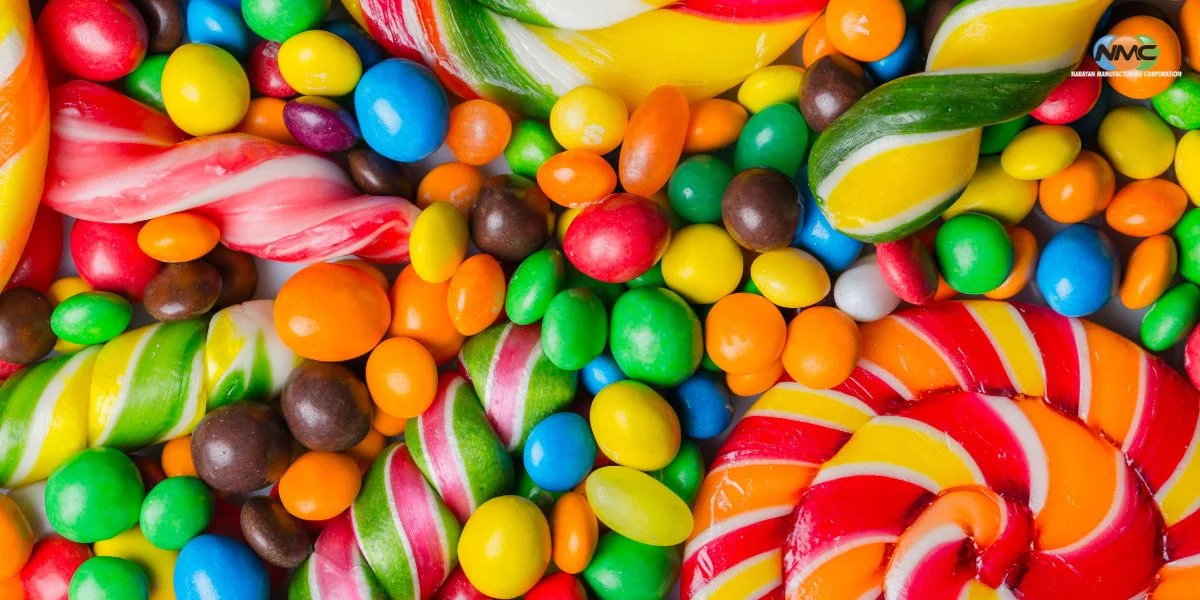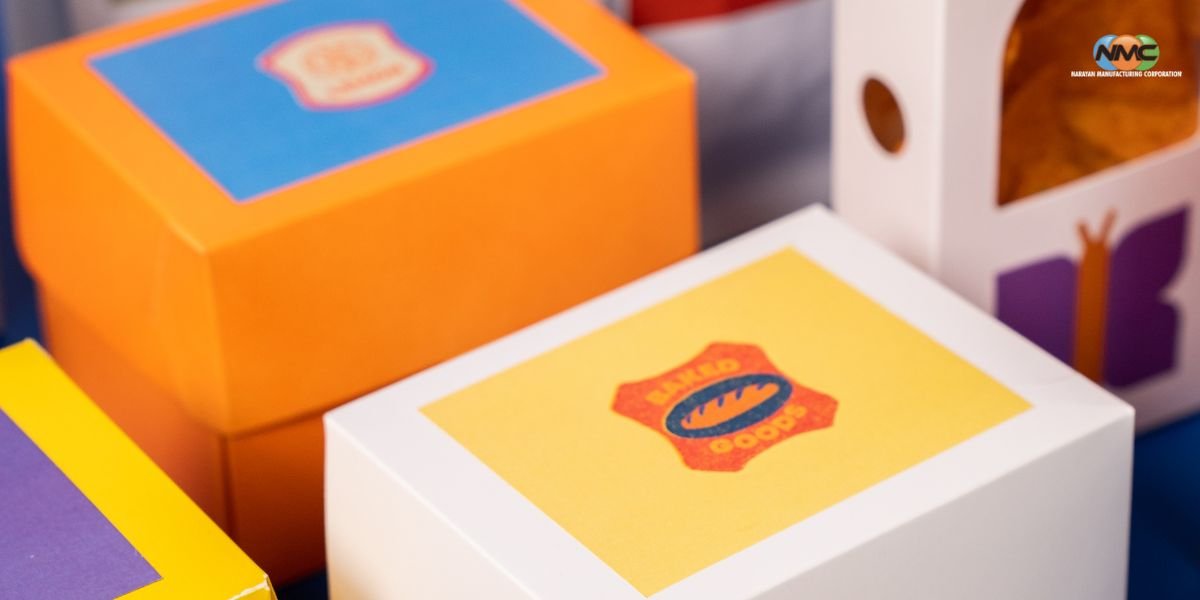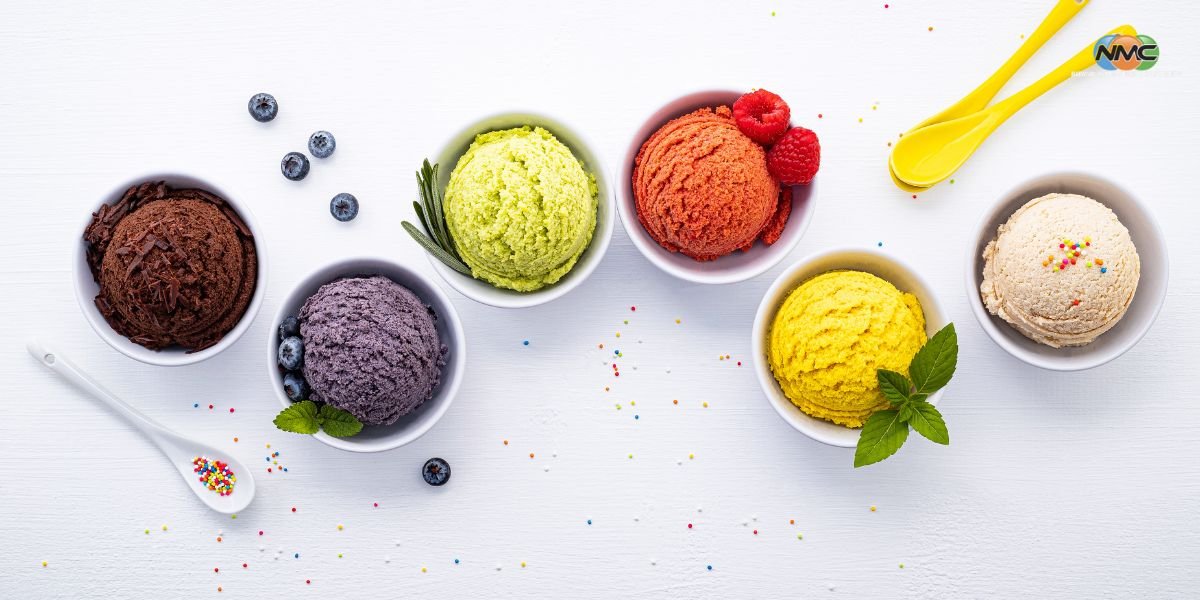Food colors can be classified into two main categories: natural colors and synthetic (or artificial) colors.
1. Natural Colors:
- Plant-Derived Colors: Extracted from various plant sources such as fruits, vegetables, and spices. Examples include beetroot (red), turmeric (yellow), and spinach (green).
- Fruit Juices and Concentrates: Colors obtained from fruits like berries, cherries, or grapes. These are often used as natural food colorants.
- Vegetable Juices and Extracts: Extracts from vegetables like carrots and tomatoes are used to impart orange and red colors, respectively.
2. Synthetic (Artificial) Colors:
- Coal-Tar and Petrochemical Colors: Originally derived from coal-tar, many synthetic colors are now produced from petroleum-based chemicals.
- Water-Soluble Colors: Used in a variety of products and beverages. Examples include FD&C (Food, Drug, and Cosmetic) Red No. 40, Yellow No. 5, and Blue No. 1.
- Oil-Soluble Colors: Used in products with a higher fat content, such as certain candies and chocolates.
Food regulatory authorities in different countries regulate the use of food colors to ensure their safety and adherence to established standards. Some individuals may be sensitive or allergic to certain artificial colors, and efforts are made to develop and use natural alternatives where possible.
















